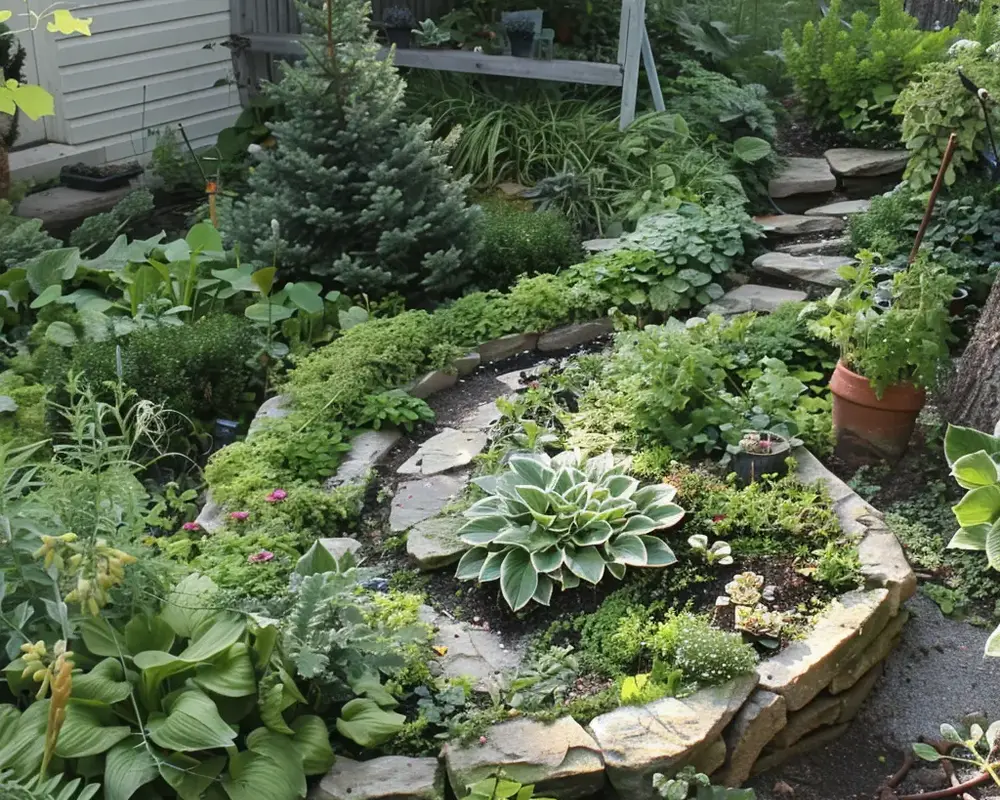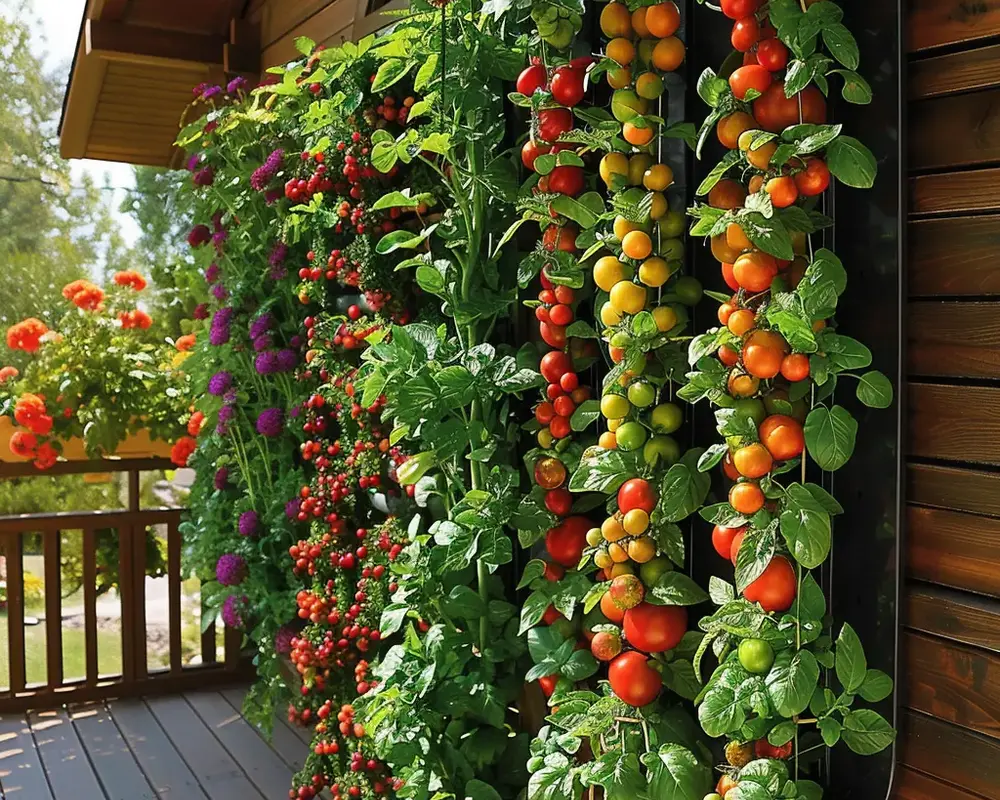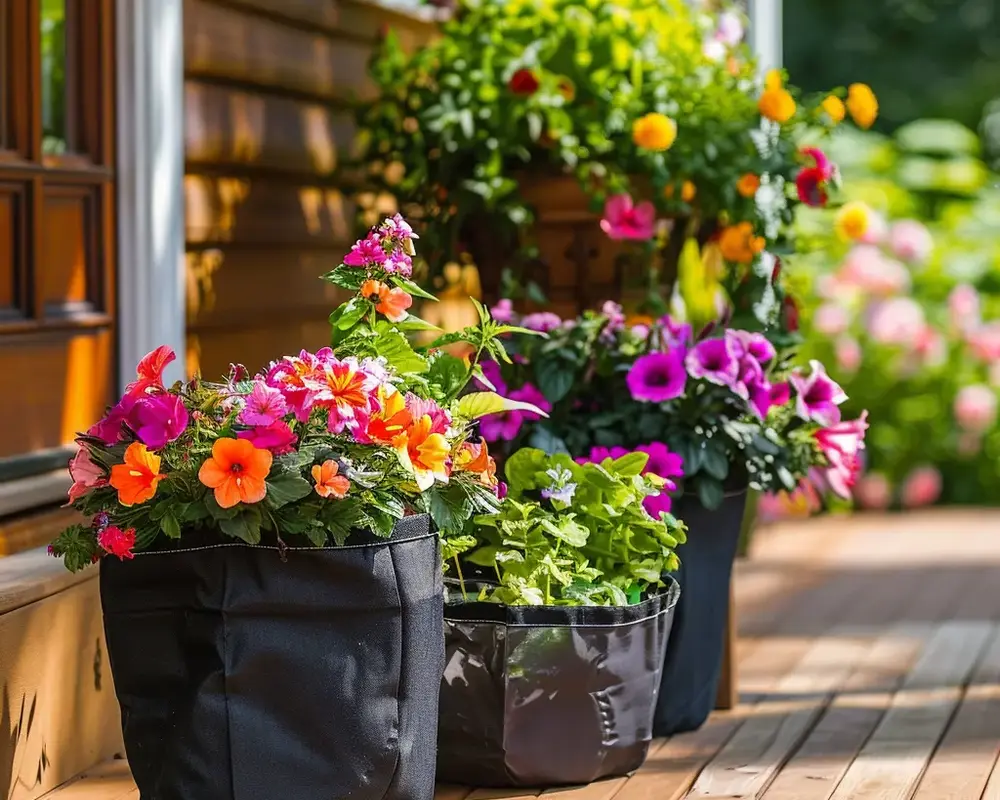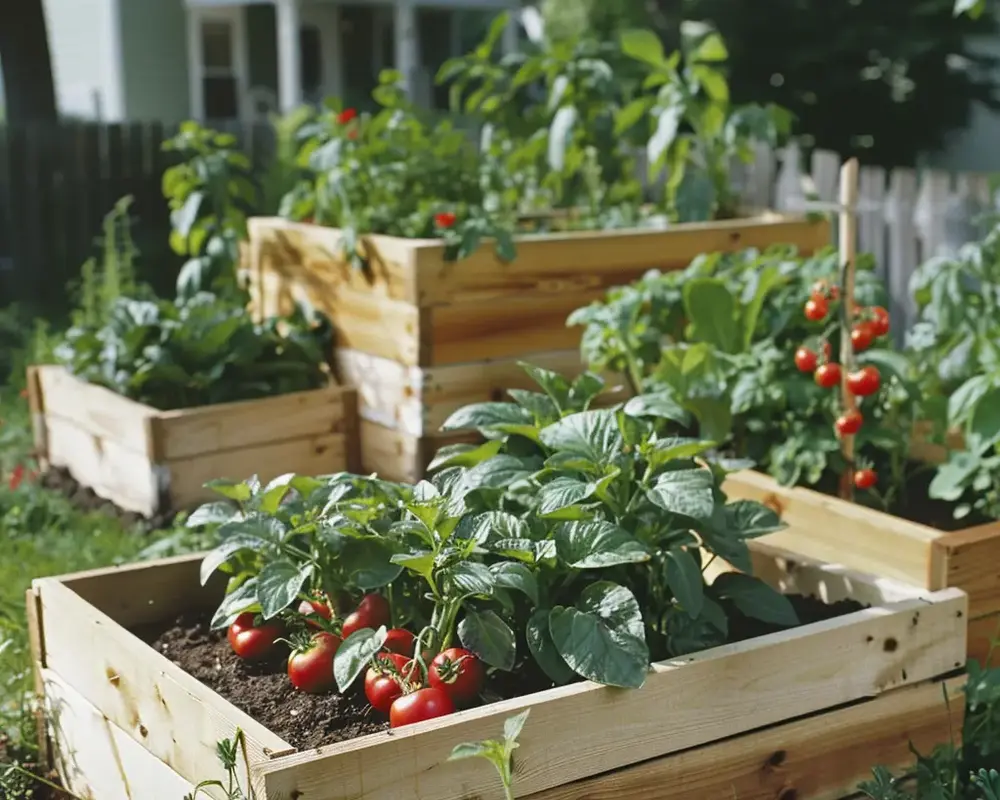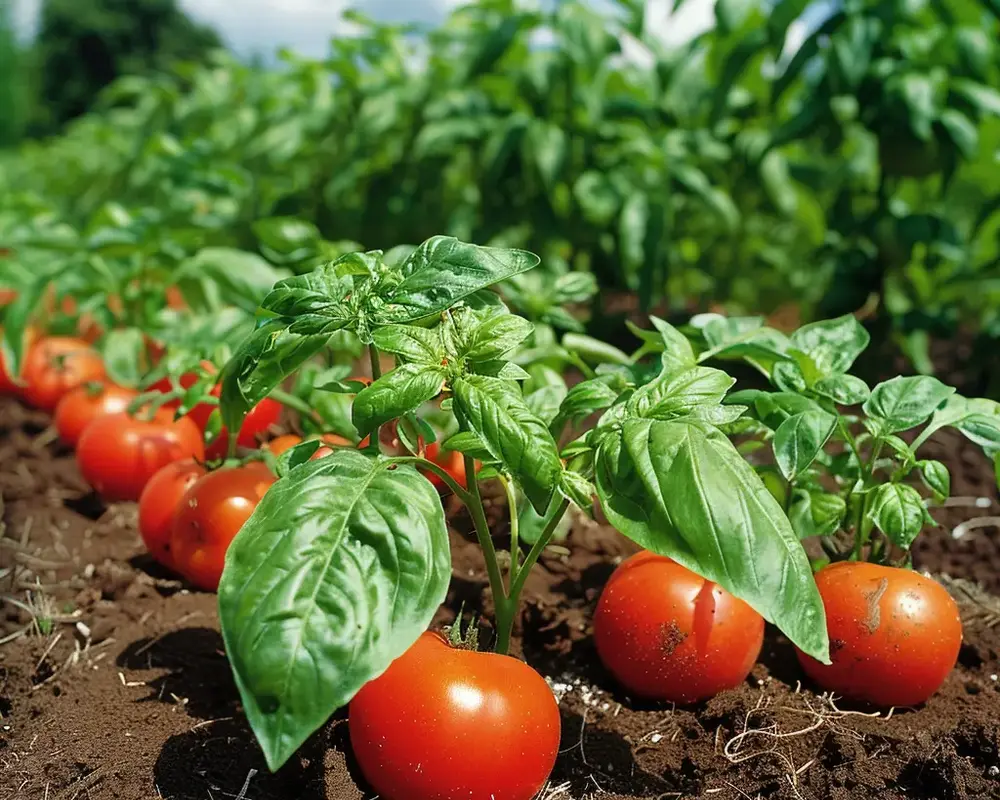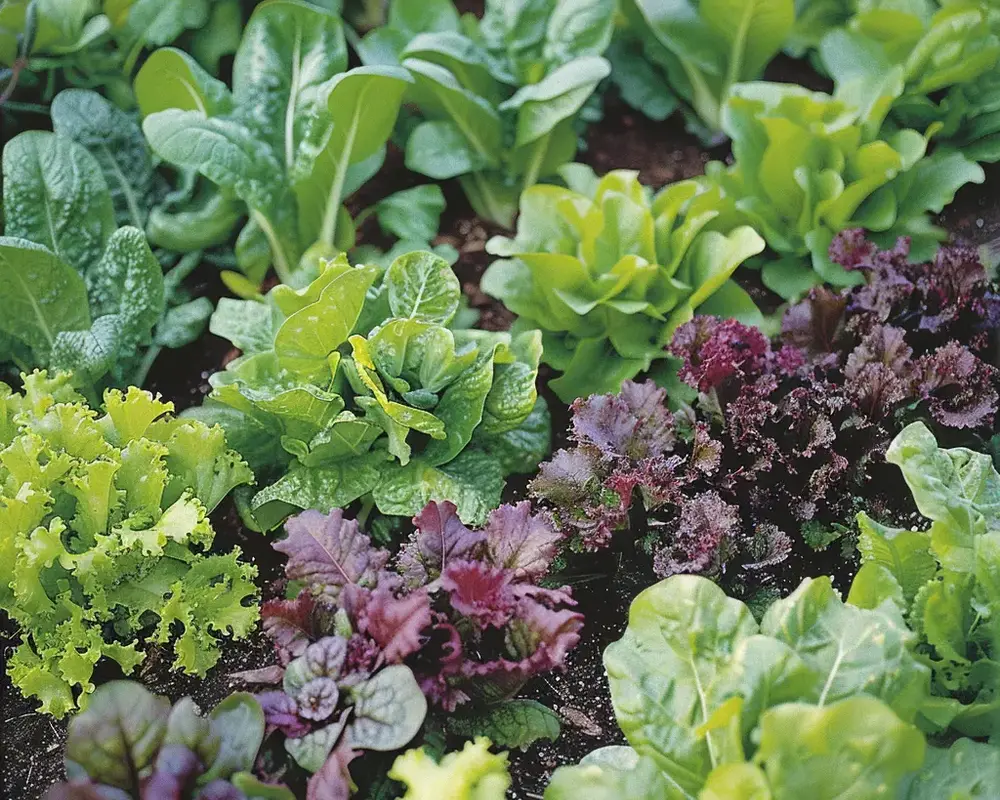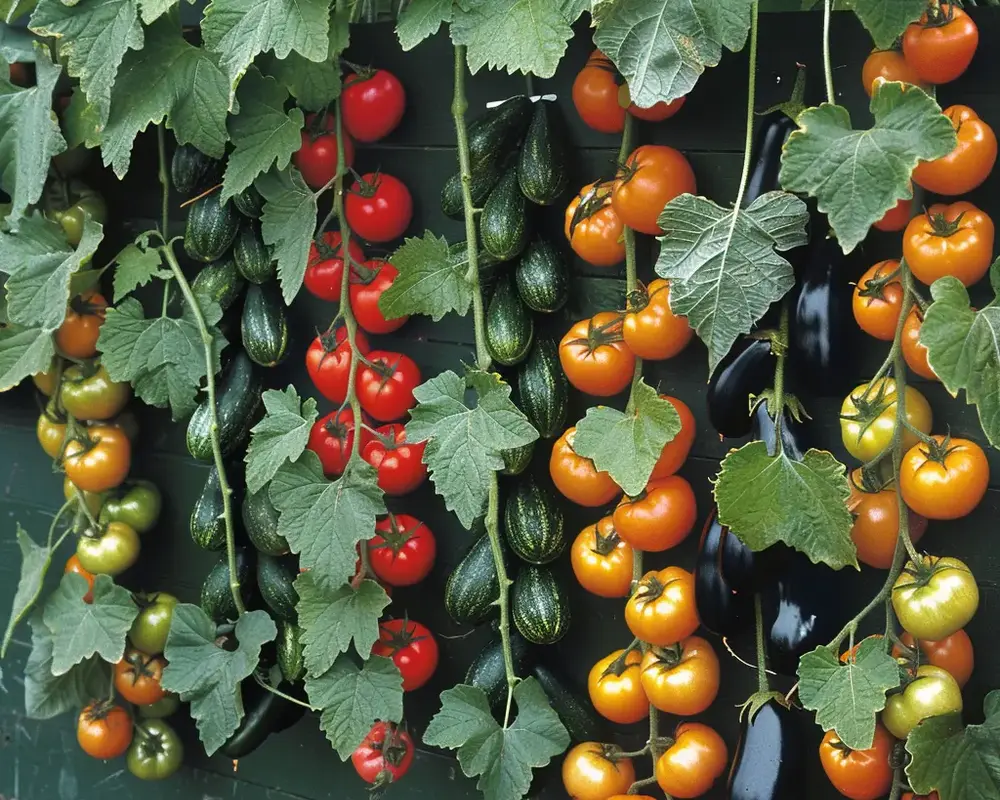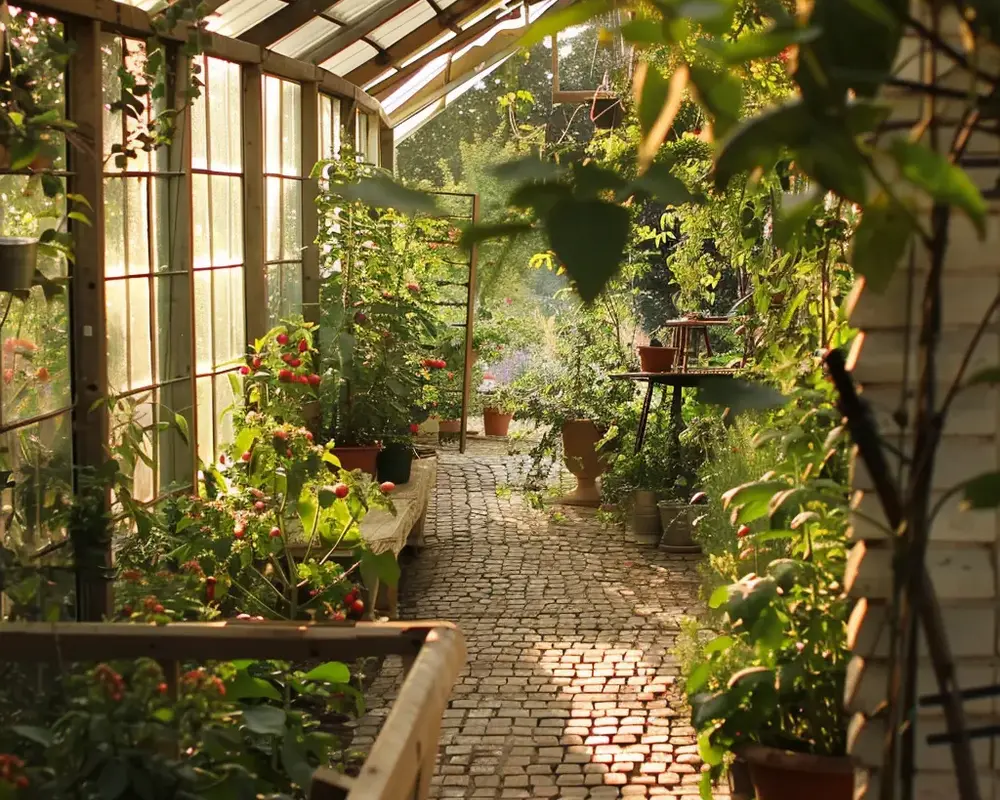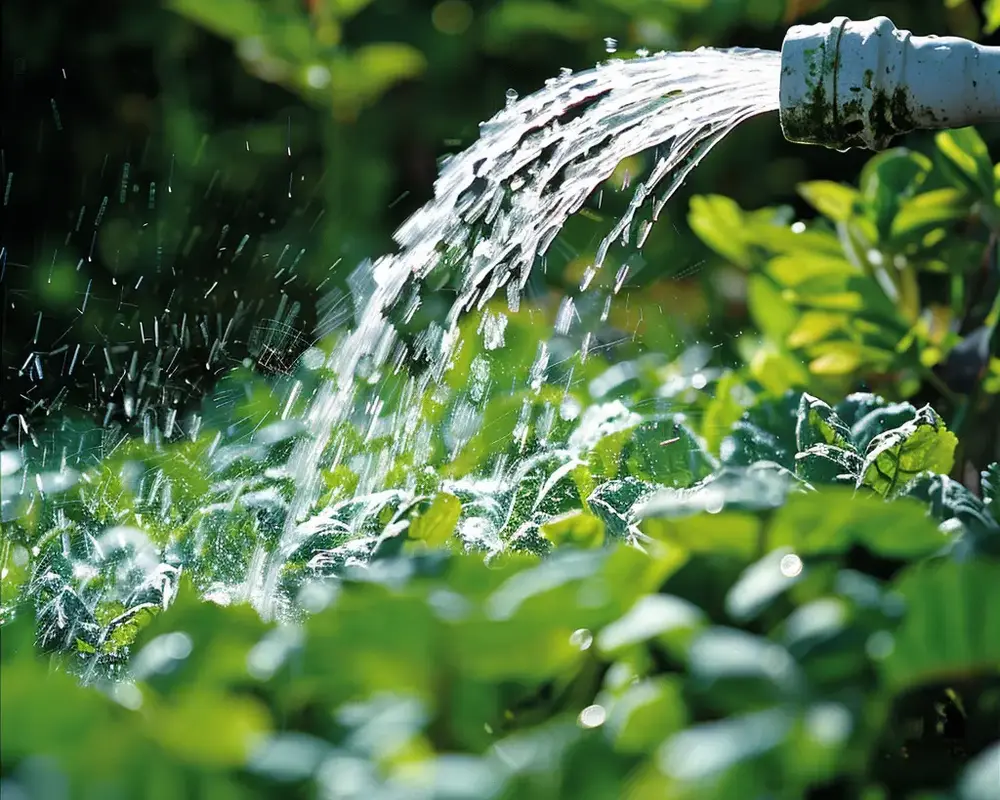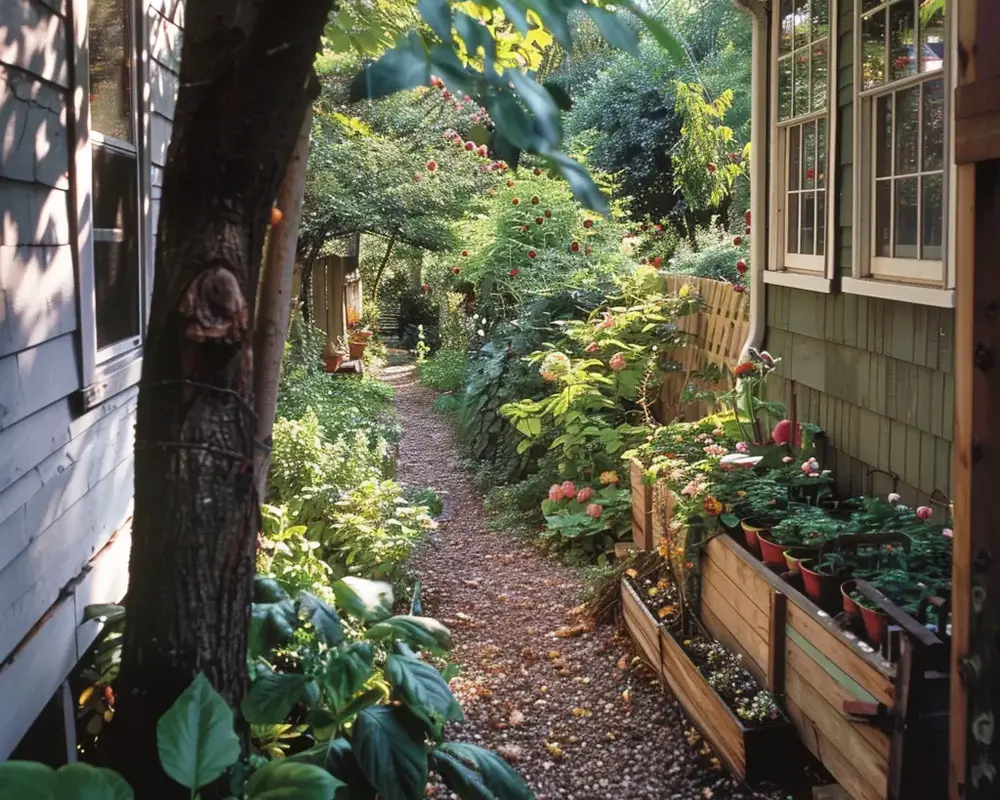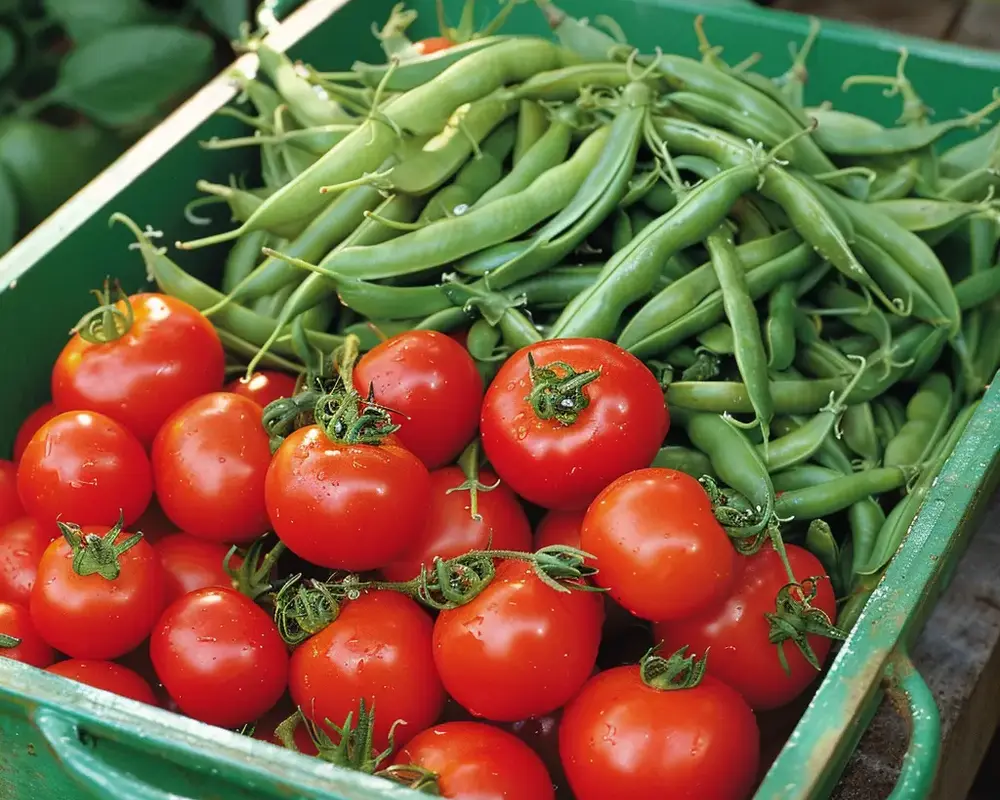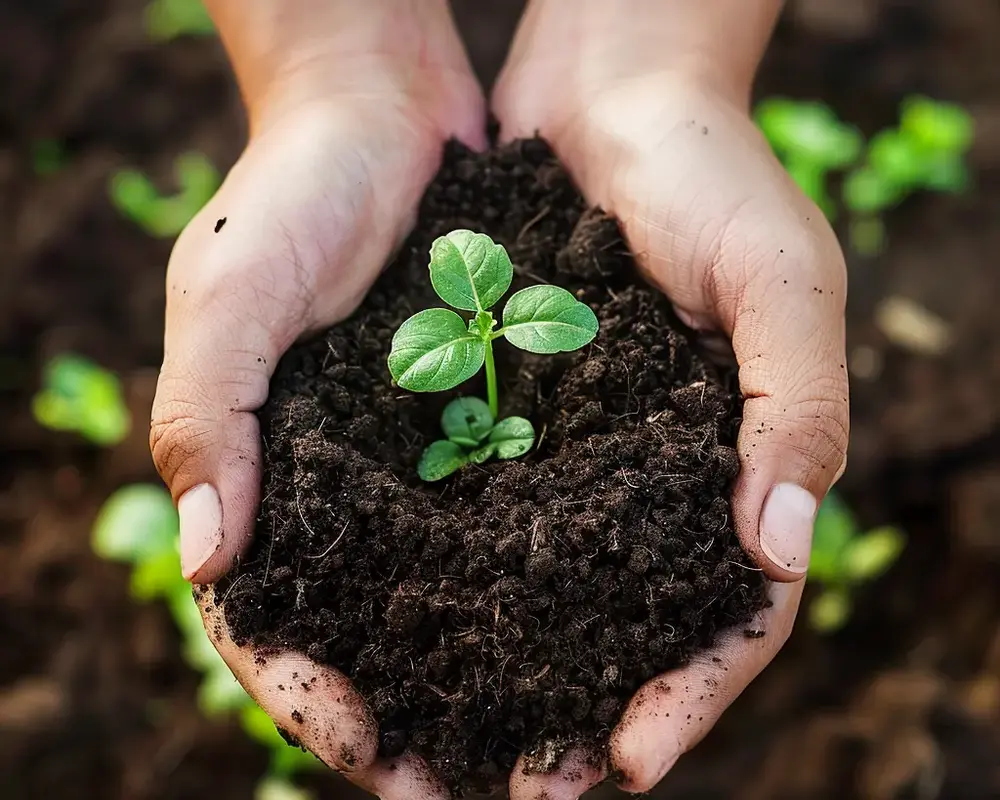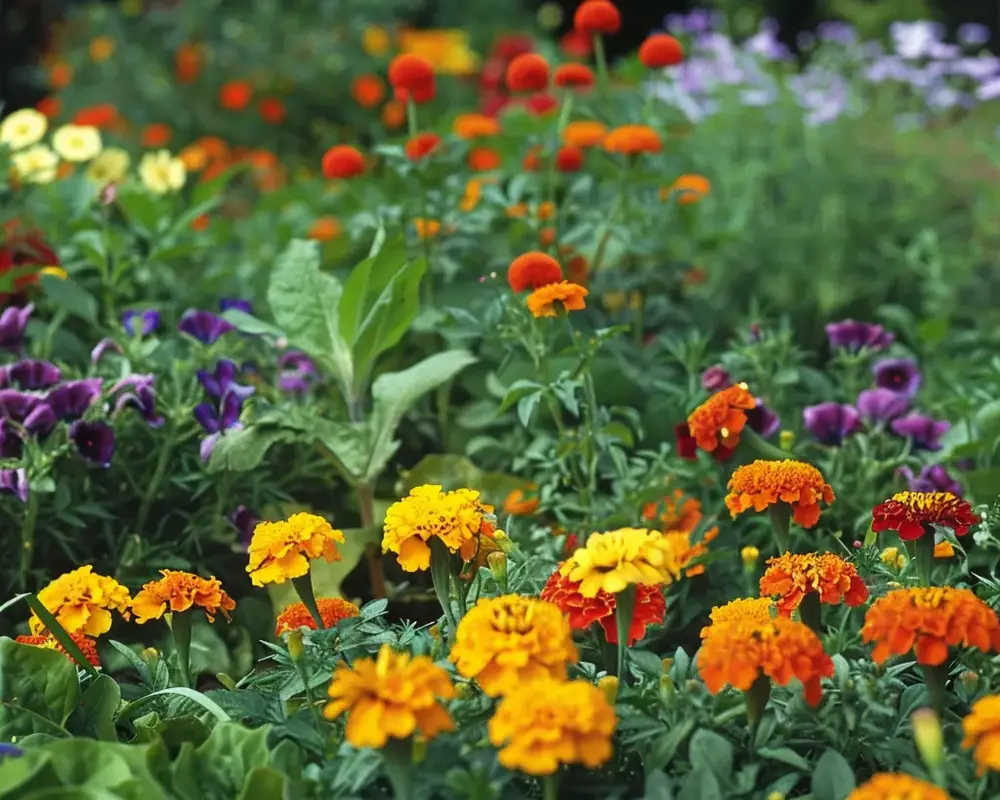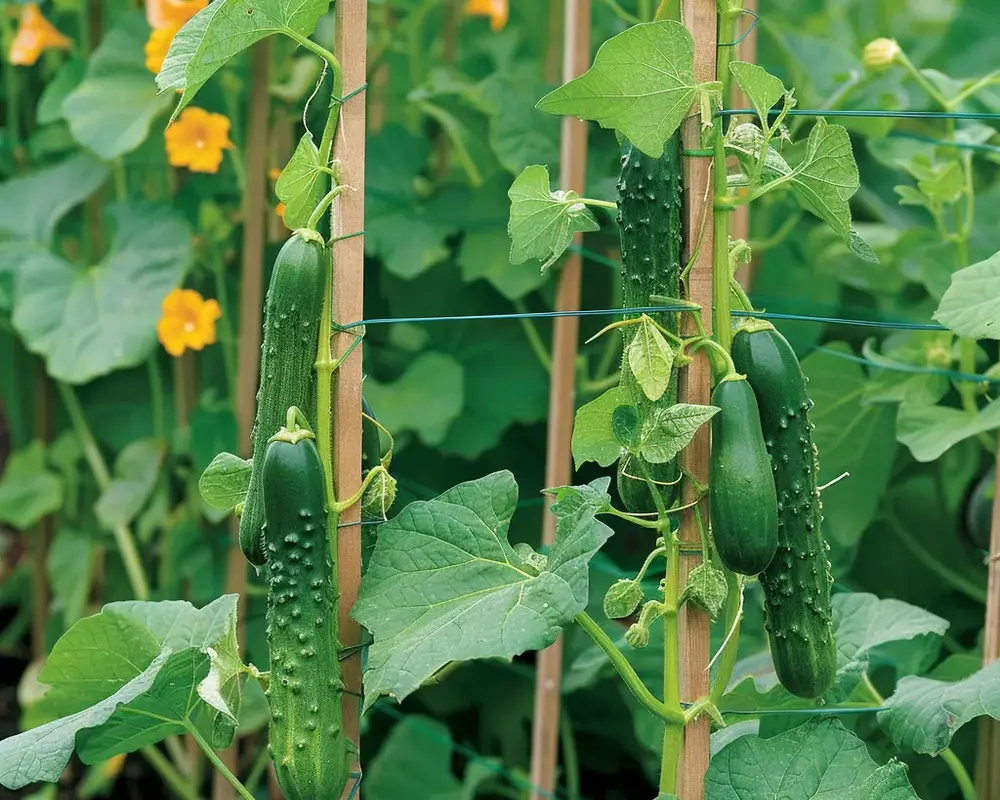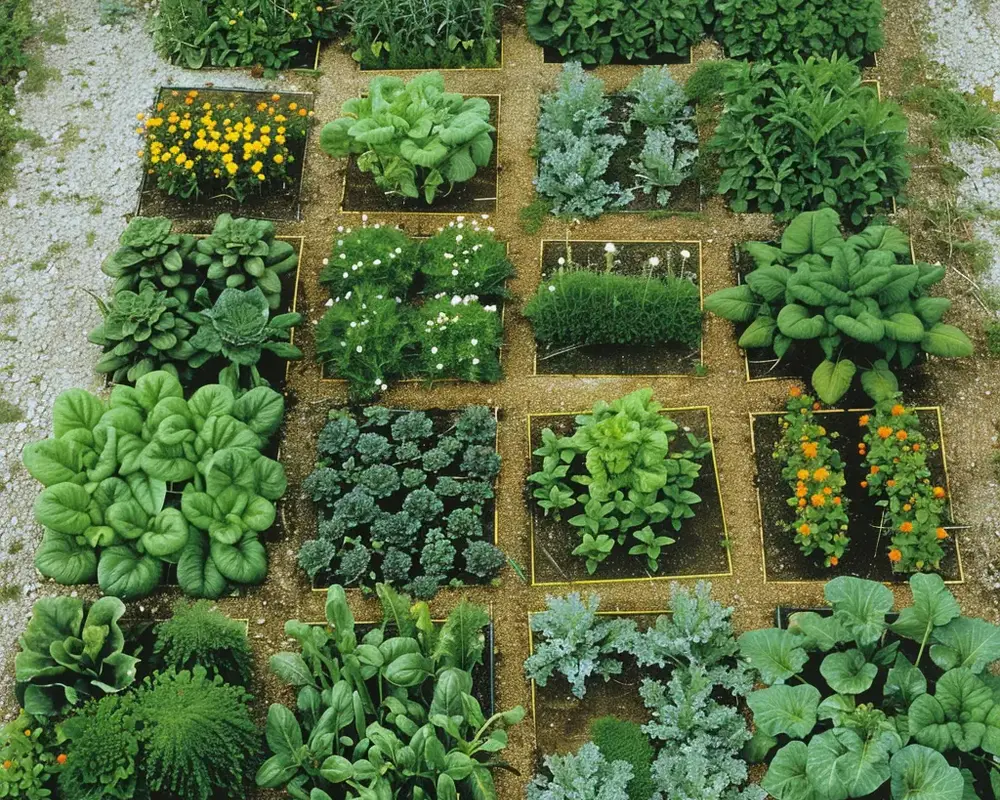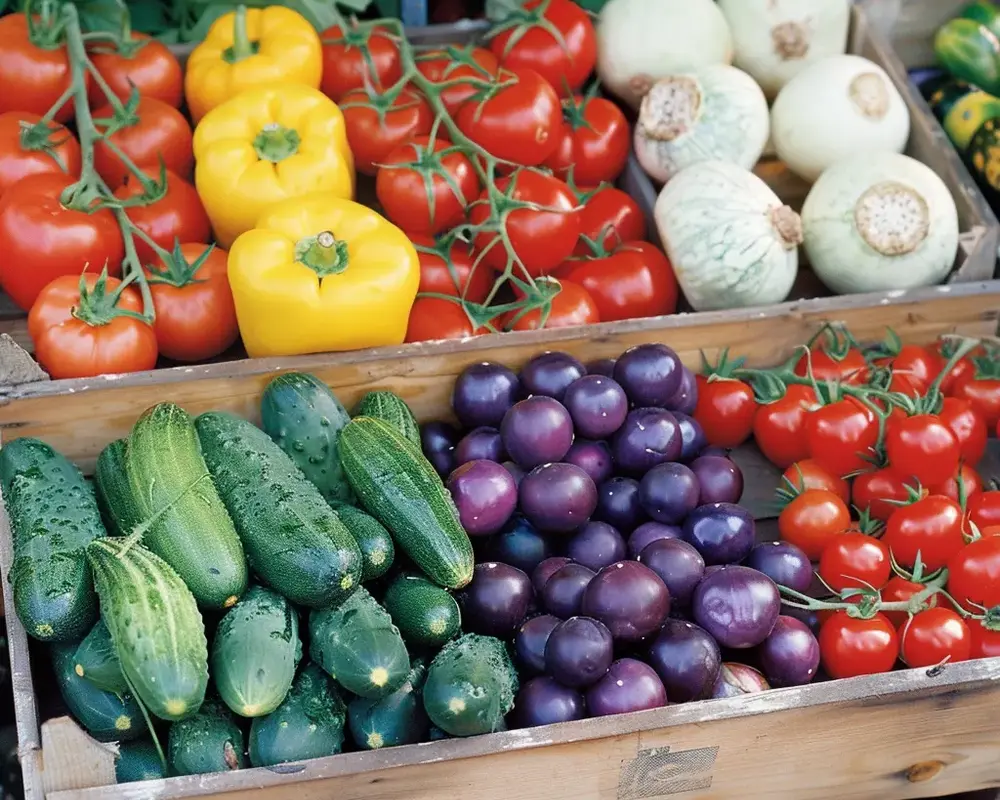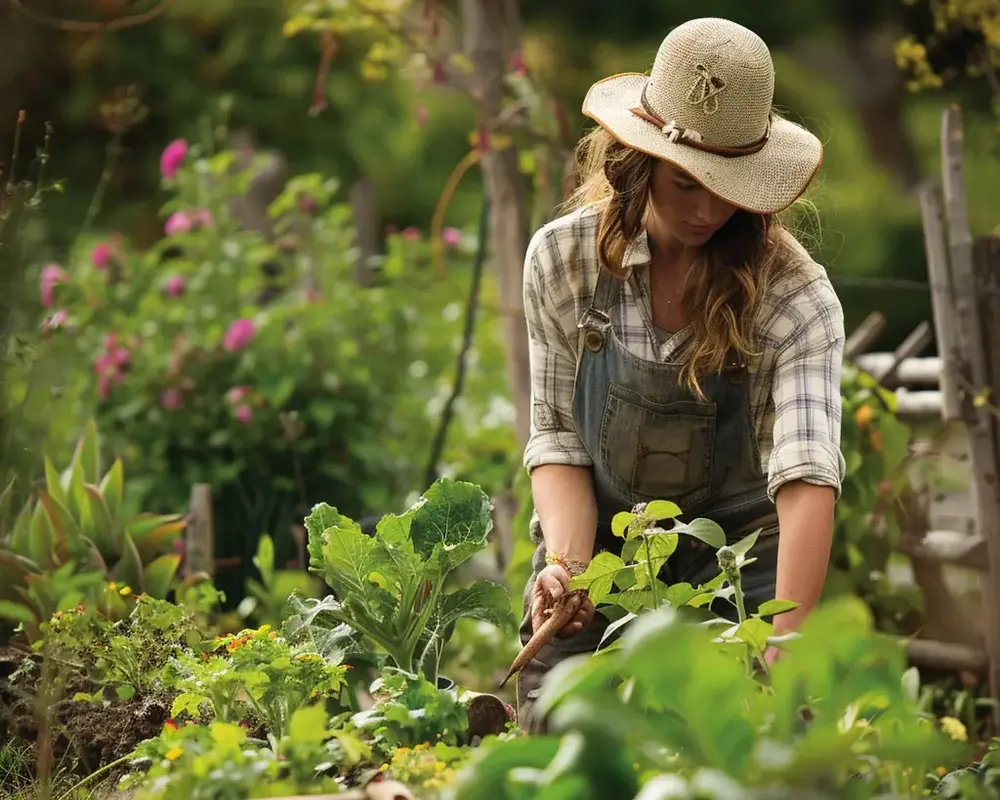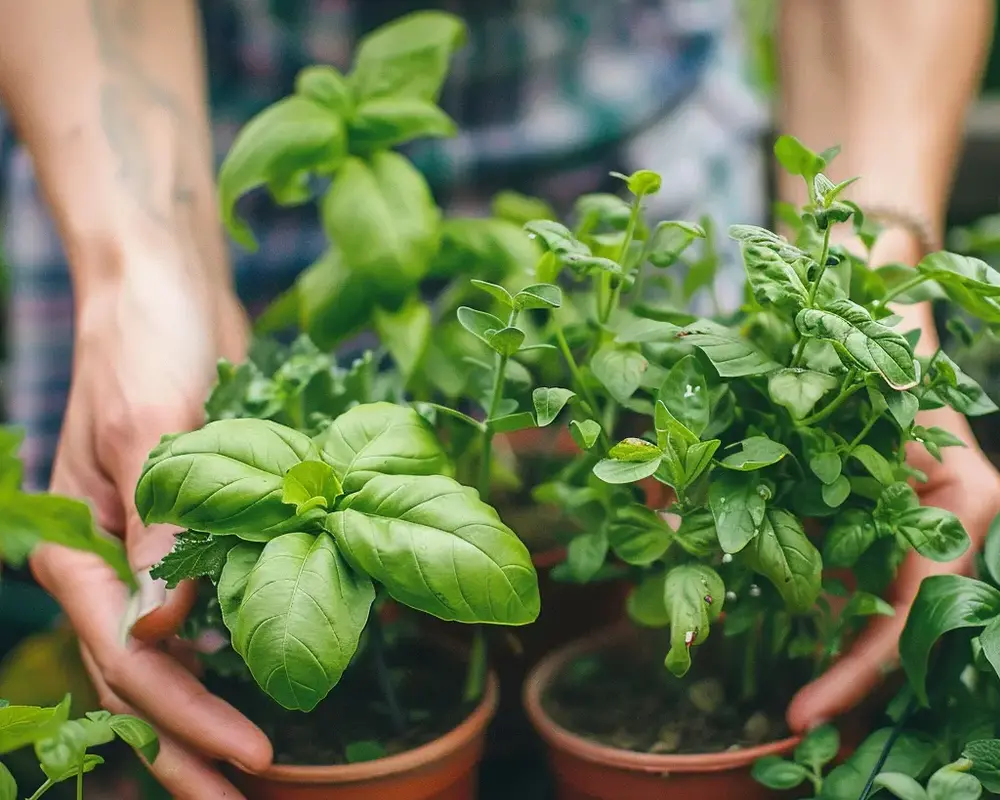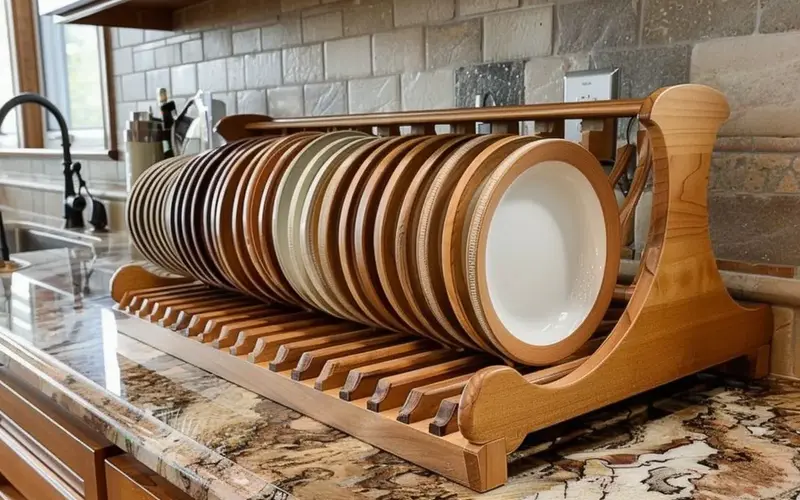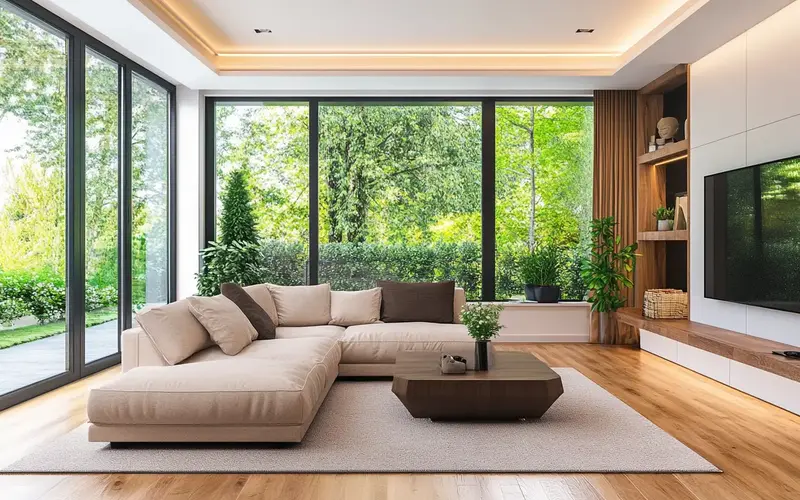Gardening is more popular than ever, and it’s easy to see why. There’s nothing quite like the satisfaction of growing your own food. However, space is a precious commodity for many of us living in urban or suburban areas. But don’t let that deter you! With the proper techniques and a dash of creativity, you can cultivate an abundant garden that rivals those with much larger plots.
We’ll explore everything from vertical gardening to space-saving varieties, efficient watering methods, and even tips on utilizing those hidden corners you might have overlooked. By the end of this article, you’ll be armed with the knowledge and inspiration to turn your small space into a flourishing food haven.
1. Vertical Gardening: Go Up, Not Out!
Why not take your garden to new heights when your ground space is limited? Vertical gardening involves growing plants upwards using structures like trellises, walls, or hanging planters. It’s a fantastic way to save space while adding a touch of visual interest to your garden. Imagine vibrant cherry tomatoes cascading down a trellis or fragrant herbs dangling from a hanging basket!
You’ll need a sturdy trellis, such as the VIVOSUN 4×8 ft Trellis Netting, to get started. It’s easy to install and provides excellent support for your climbing plants. For hanging planters, the Mkono Macrame Plant Hanger is a stylish and functional option that will complement any decor.
Suitable plants for vertical growth:
- Vining vegetables: cucumbers, beans, peas, squash
- Herbs: mint, basil, rosemary, thyme
- Flowers: nasturtiums, morning glories, clematis
Read More: 21 Inspiring Vegetable Garden Design Ideas
2. Container Gardening: Potted Paradise
Container gardening is a versatile and rewarding way to grow plants in any space, big or small. It’s perfect for balconies, patios, decks, and even indoors! You can use various containers, from traditional pots and barrels to fabric grow bags like the VIVOSUN 5-Pack 5 Gallon Grow Bags.
They’re breathable, allowing for excellent root development, and they’re reusable, making them a sustainable choice. Don’t forget to choose a high-quality potting mix specifically designed for container gardening, such as FoxFarm Ocean Forest Potting Soil. It’s packed with nutrients to give your plants a healthy start.
Tips for container gardening:
- Choose containers with drainage holes to prevent waterlogging.
- Select plants well-suited to container life, such as herbs, lettuce, peppers, and dwarf varieties of tomatoes and cucumbers.
- Water regularly, but avoid overwatering, as this can lead to root rot.
- Fertilize your container plants regularly to ensure they have the nutrients they need to thrive.
Read More: How to Design a Container Garden for Your Flowers
3. Raised Beds: Elevated Eden
Raised beds offer a multitude of benefits for gardeners with limited space. They improve soil drainage, warm up faster in the spring, and are easier to access for planting, weeding, and harvesting. You can build your raised beds using wood, bricks, or recycled materials.
If you’re short on time or DIY skills, plenty of ready-made options are available, like the Vego Garden 4ft x 4ft Raised Garden Bed. It’s made from durable, food-safe materials and has a built-in irrigation system for effortless watering.
Plants that thrive in raised beds:
- Vegetables: tomatoes, peppers, eggplant, leafy greens
- Herbs: basil, parsley, chives, oregano
- Root vegetables: carrots, radishes, beets
Read More: Urban Gardening Solutions: Creating a Small Patio Veggie Garden
4. Intercropping and Companion Planting: Plant Partnerships
Intercropping involves planting different crops together in the same space, while companion planting utilizes plants that benefit each other when grown nearby. These techniques can help you maximize your yield and create a healthier garden ecosystem. For example, planting basil alongside tomatoes can deter pests and improve the flavor of the fruit.
You can find a variety of companion planting guides online or in gardening books to help you choose the best combinations for your garden. One helpful tool for planning your garden layout is the Garden Planner by GrowVeg. It allows you to create a virtual garden, experiment with different plant combinations, and even track your harvests.
Examples of successful plant combinations:
- Tomatoes and basil: Basil repels tomato hornworms and improves tomato flavor.
- Carrots and onions: Onions deter carrot flies, while carrots deter onion flies.
- Corn, beans, and squash (The Three Sisters): This traditional Native American planting method provides mutual support and a balanced diet of essential nutrients.
Read More: Stunning Flower Bed Ideas for the Front of the House
5. Succession Planting: Continuous Harvest
Don’t let your garden go dormant! Succession planting involves staggering your planting times for a continuous harvest throughout the growing season. For example, you could plant lettuce in early spring, beans in late spring, and kale in late summer for a fall harvest. This technique ensures you always have something fresh to pick from your garden.
Examples of plants suitable for succession planting:
- Lettuce: Plant every few weeks for a continuous supply of fresh greens.
- Radishes: These fast-growing vegetables can be planted between slower-growing crops like carrots or beets.
- Beans: Succession plant bush beans every few weeks for a steady supply of pods.
Read More: Amazing Herb Garden Ideas for Your Outdoor Oasis
6. Space-Saving Varieties: Compact Crops
When space is at a premium, choose compact varieties of vegetables that won’t take over your garden. Many popular vegetables, such as tomatoes, cucumbers, and squash, are dwarf or bush varieties perfect for small spaces. To save space, you can also try vertically growing vining vegetables like cucumbers and melons.
Read More: 21 Stunning Mediterranean Garden Ideas To Inspire You
7. Maximize Sunlight: Soak Up the Rays
Sunlight is essential for plant growth, so make the most of it! Position your plants and structures to maximize sunlight exposure, especially for sun-loving vegetables like tomatoes, peppers, and eggplants.
If you have shady areas, consider using reflective surfaces like mirrors or white fabric to bounce sunlight onto your plants. You can also use grow lights, such as the Barina LED Grow Light, to supplement natural light in low-light conditions.
Read More: How To Create a Magical DIY Fairy Garden for Your Backyard
8. Efficient Watering: Every Drop Counts
Water is a precious resource, so it is important to use it wisely in your garden. Drip irrigation, soaker hoses, and rainwater collection systems are all excellent ways to conserve water.
If you want an easy-to-use and effective drip irrigation system, check out the Raindrip Automatic Watering Kit. It includes everything you need to get started, including a timer, tubing, and emitters.
For soaker hoses, the Swan Products Element SoakerPRO is a great option that delivers water directly to the roots of your plants. You can also collect rainwater in a rain barrel like the RTS Home Accents Oak Rain Barrel. This stylish and functional barrel will help you conserve water and reduce your water bill.
Mulching is another great way to conserve water by reducing evaporation from the soil. You can use organic mulch like straw, wood chips, or shredded leaves to hydrate your plants and suppress weeds.
Read More: How To Create a Beautiful Rose Garden To Inspire You
9. Utilize Every Nook and Cranny: Hidden Harvest Spots
Get creative and find those hidden harvest spots in your small space! You can grow plants under trees, along pathways, or in window boxes. Even a small strip of land along a fence can be transformed into a productive garden.
Consider growing herbs in a vertical pocket planter like the Apipi Hanging Vertical Wall Planter. It’s a great way to add greenery and flavor to your space while maximizing your growing area.
10. High-Yielding Plants: Bountiful Bites
Who doesn’t love a bountiful harvest? Even with limited space, you can grow an impressive amount of food if you choose the right plants. Some veggies are just superstars when it comes to productivity.
Think of bush beans overflowing with pods or determinate tomatoes like the Better Bush Tomato, which concentrate their energy on producing fruit rather than vines. If you’re a salad lover, consider leaf lettuce varieties like the Black Seeded Simpson Lettuce, which can be harvested continuously by snipping outer leaves and allowing the inner ones to grow.
And don’t forget about herbs! They’re made for small spaces and can provide fresh flavor all season. I highly recommend the AeroGarden Harvest Elite if you’re looking for an easy and stylish way to grow your favorite herbs indoors.
11. Proper Soil Care: Feed Your Soil
Your plants are only as healthy as the soil they grow in. Think of it as their tummy – they need good food too! Healthy soil is teeming with life – beneficial microbes, worms, and organic matter – all working together to nourish your plants. You can improve soil fertility naturally by adding compost, which you can make yourself or buy in bags like Hoffman 10404 Organic Cactus and Succulent Soil Mix.
It’s a great way to add nutrients and improve soil structure. You can also use organic fertilizers like Dr. Earth Home Grown Vegetable Fertilizer to give your plants a boost. And don’t forget about cover crops like clover or buckwheat, which can be planted in the off-season to protect the soil and add nutrients.
12. Pest and Disease Control: Protect Your Produce
Pests and diseases are a gardener’s worst nightmare, but there are plenty of natural and organic ways to keep them at bay. Companion planting, which we discussed earlier, is a great strategy. For example, marigolds are known to deter many pests, while nasturtiums attract aphids, keeping them away from your other plants.
You can also attract beneficial insects like ladybugs and lacewings, which prey on pests. If you need to use pesticides, choose organic options like Bonide Neem Oil, derived from the neem tree and effective against various pests.
13. Trellising and Support: Give Plants a Lift
Vining plants, like cucumbers, beans, and peas, love to climb! Providing them with a trellis saves space and improves air circulation and sunlight exposure, leading to healthier plants and a better harvest.
You can build your trellis using wood, bamboo, or twine, or buy a ready-made one like the Gardman 2-Pack Garden Trellis. It’s easy to assemble and folds flat for storage when not in use.
14. Square Foot Gardening: Divide and Conquer
Square foot gardening is a simple and effective method for maximizing space in small gardens. It involves dividing your garden into one-foot squares and planting a specific number of plants per square, depending on the plant size.
This method simplifies planning and helps you make the most of your space. You can use a grid like the Ohuhu Garden Grids for Planting to easily create your square foot garden and visualize your planting layout.
15. Grow What You Eat: Tailored Taste
This might seem like a no-brainer, but it’s worth repeating: grow what you eat! There’s no point in devoting precious space to vegetables you don’t enjoy. Instead, focus on your favorites and experiment with different varieties to find the ones that thrive in your garden and please your taste buds. Plus, there’s nothing quite like the taste of homegrown produce!
16. Seasonal Gardening: Timing is Everything
To get the most out of your garden, it’s essential to choose plants that are well-suited to your local climate and growing season. Some plants thrive in cool weather, while others prefer the heat. Understanding your local growing conditions ensures your plants are happy and productive throughout the year.
A good resource for this is The Old Farmer’s Almanac, which provides detailed information on planting dates, frost dates, and other gardening tips for your specific region.
17. Experiment and Learn: Green Thumb Trial and Error
Gardening is a journey of learning and discovery. Don’t be afraid to experiment with different techniques, try new plants, and learn from your mistakes. Every gardener has their own unique experiences and insights to share.
To gain valuable knowledge and inspiration, join a local gardening club, read gardening blogs, or simply chat with other gardeners in your community.
Final Thoughts
Gardening in small spaces can be incredibly rewarding. With some planning, creativity, and the right tools and techniques, you can transform even the tiniest plot into a flourishing garden that yields abundant fresh, delicious food. So, don’t let limited space hold you back from experiencing the joy of gardening. Get out there and start planting your dream garden today!
